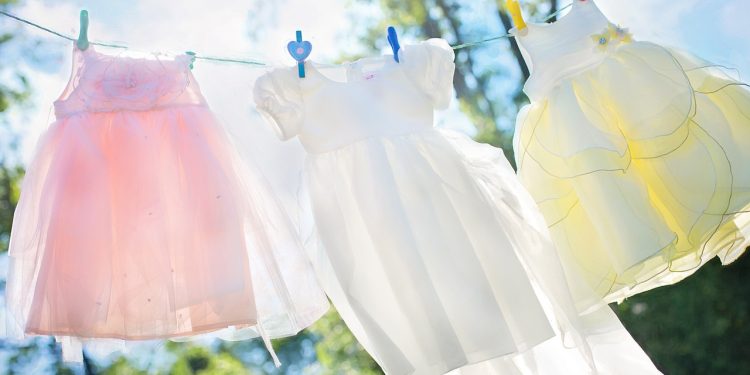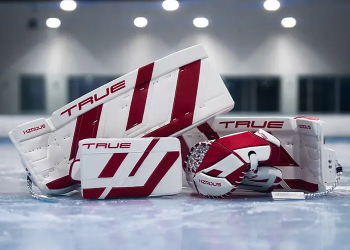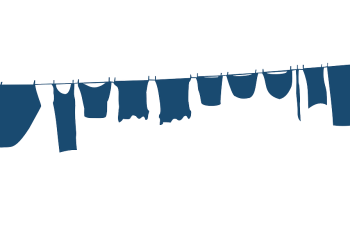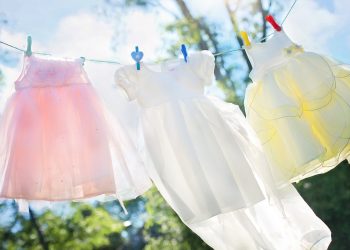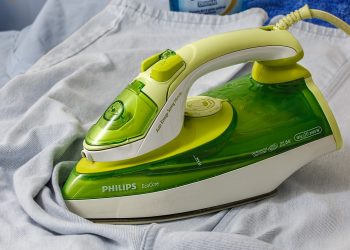The fashion industry is undergoing a transformation as consumers and brands embrace sustainability. At the heart of this shift is the use of eco-friendly fabrics that minimize environmental impact while maintaining quality and style. Understanding the options available can help you make informed choices for a more sustainable wardrobe. Here’s a guide to some of the most innovative and responsible fabrics you should know.
Organic Cotton
- Why It’s Sustainable:
- Organic cotton is grown without synthetic pesticides or fertilizers, reducing soil and water pollution.
- It uses less water than conventional cotton and promotes biodiversity.
- Applications:
- Commonly used in T-shirts, jeans, and casual wear.
- Considerations:
- Look for certifications like GOTS (Global Organic Textile Standard) to ensure authenticity.
Hemp
- Why It’s Sustainable:
- Hemp is a fast-growing crop that requires minimal water and no synthetic pesticides.
- It improves soil health by reducing erosion and replenishing nutrients.
- Applications:
- Ideal for durable clothing like trousers, jackets, and casual shirts.
- Considerations:
- Hemp fabric softens over time, making it more comfortable with wear.
Tencel (Lyocell)
- Why It’s Sustainable:
- Made from sustainably sourced wood pulp, Tencel is biodegradable and requires less water in production.
- The manufacturing process recycles solvents, reducing waste.
- Applications:
- Popular in activewear, dresses, and lightweight tops.
- Considerations:
- Its smooth texture and breathability make it suitable for sensitive skin.
Recycled Polyester
- Why It’s Sustainable:
- Created from recycled plastic bottles, reducing waste and reliance on virgin petroleum.
- Uses less energy and water compared to traditional polyester production.
- Applications:
- Common in activewear, outerwear, and accessories.
- Considerations:
- Opt for brands that address microplastic shedding by using advanced manufacturing techniques.
Bamboo
- Why It’s Sustainable:
- Bamboo grows rapidly without the need for pesticides or extensive irrigation.
- It absorbs large amounts of carbon dioxide during growth.
- Applications:
- Used in soft, breathable fabrics for underwear, socks, and loungewear.
- Considerations:
- Ensure the fabric is processed sustainably, as some bamboo production involves harmful chemicals.
Linen
- Why It’s Sustainable:
- Made from flax plants, linen requires minimal water and pesticides.
- The entire plant is utilized, resulting in less waste.
- Applications:
- Perfect for summer clothing like dresses, shirts, and trousers.
- Considerations:
- Linen wrinkles easily, which adds to its casual charm.
Wool
- Why It’s Sustainable:
- Wool is a natural, biodegradable fiber that is durable and long-lasting.
- It’s an excellent insulator, reducing the need for synthetic alternatives.
- Applications:
- Common in sweaters, coats, and scarves.
- Considerations:
- Choose brands that ensure ethical treatment of animals, such as those certified by the Responsible Wool Standard.
Piñatex
- Why It’s Sustainable:
- Made from pineapple leaf fibers, a byproduct of the pineapple industry.
- It provides an alternative to leather, reducing waste and resource use.
- Applications:
- Used in accessories like bags, shoes, and wallets.
- Considerations:
- Its unique texture makes it a standout material in eco-friendly fashion.
Econyl
- Why It’s Sustainable:
- Econyl is a regenerated nylon made from discarded fishing nets, fabric scraps, and other waste.
- It can be recycled repeatedly without losing quality.
- Applications:
- Frequently used in swimwear, activewear, and outerwear.
- Considerations:
- Supports ocean cleanup efforts by repurposing marine debris.
Cork
- Why It’s Sustainable:
- Harvested from the bark of cork oak trees without harming the tree.
- Cork forests support biodiversity and absorb significant amounts of CO2.
- Applications:
- Found in footwear, bags, and accessories.
- Considerations:
- Durable and water-resistant, making it a versatile option.
Alpaca Wool
- Why It’s Sustainable:
- Alpacas have a minimal environmental impact compared to other livestock.
- Their soft, durable wool is naturally hypoallergenic and biodegradable.
- Applications:
- Common in sweaters, scarves, and coats.
- Considerations:
- Look for suppliers that prioritize ethical and sustainable farming practices.
Organic Silk
- Why It’s Sustainable:
- Produced using organic farming methods without harmful chemicals.
- Supports traditional and small-scale silk farming.
- Applications:
- Used in luxurious clothing, accessories, and bedding.
- Considerations:
- Ethical silk options, such as “peace silk,” ensure no harm to silkworms.
Choosing the Right Fabrics
To incorporate sustainable fabrics into your wardrobe, follow these tips:
- Check Labels:
- Look for certifications like GOTS, OEKO-TEX, or Fair Trade to ensure authenticity.
- Research Brands:
- Support companies committed to transparency and sustainable practices.
- Mix and Match:
- Combine sustainable fabrics with your existing wardrobe to ease the transition.
- Care for Fabrics:
- Wash and store responsibly to prolong the life of your clothing.
By choosing sustainable fabrics, you contribute to a more ethical and environmentally friendly fashion industry. Each choice you make brings us closer to a future where fashion and sustainability coexist harmoniously.


